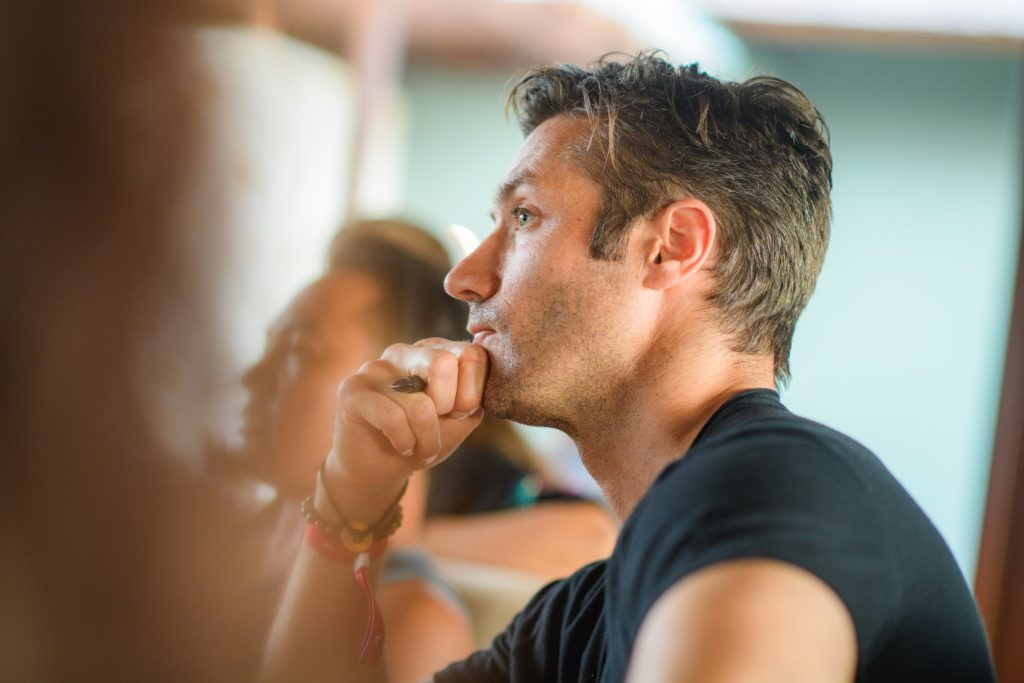If you’re working on improving your critical thinking, nothing will serve you better than a collection of critical thinking examples. And you’re in luck because we’re going to take things a step further.
In this article, we will answer the following questions:
- What is critical thinking?
- Critical thinking examples in questioning
- Critical thinking examples in everyday life
- Critical thinking examples in the workplace
- Critical thinking examples in the history of the world
Let’s begin!
What is critical thinking?
Critical thinking is the process of skillfully conceptualizing, applying, and evaluating information gathered from observation, experience, reflection, or communication.
To summarize, critical thinking is the ongoing application of intellectual honesty in the examination of information.
The unexamined life is not worth living because they realize that many unexamined lives together result in an uncritical, unjust, dangerous world.
– Linda Elder

Critical thinking examples in questioning
The best way to apply critical thinking is to know what questions to ask in any area of life. Using the questioning techniques below will allow you to get more information and open up a better flow of communication.
The following are examples of critical thinking in the process of questioning:
1. Open-ended questions: provoking elaborated answers
- In the movie Titanic, why did Rose turn her back on a privileged life?
- What are your thoughts on the current state of the world’s ecology and how would you go about addressing it?
- What is the most inspiring part of your work and what elements make this so inspiring?
2. Outcome-based questions: reveal personal traits
- How would you explain coding to a 5-year-old?
- If could you choose only 2 exercises to keep in shape what would they be and why?
- Tell me about a time you had to make a decision with incomplete information? What did you do?
3. Hypothetical questions: created scenarios
- If you found out that a friend was sleeping with another friend’s wife, how would you handle this information?
- If two employees under your management started arguing aggressively at the workplace, how would you handle this situation? What could be the possible backlashes?
4. Reflective questions: to reflect on the process
- What have you personally gained from this experience?
- Do you think there was a more effective way to accomplish what you accomplished and how would you utilize it in the future?
- How has this process made it easier for you to accomplish similar things in the future?
5. Structural questions: helps understand the process
- What are the key points to this subject?
- What order is the process executed in and why this order?
- Which elements of this subject would you find unnecessary?
Critical thinking examples in everyday life
The process of becoming a better critical thinker also allows the process of personal growth to accelerate. When you start getting a better and more objective viewpoint, you start to see where you, yourself can improve and grow.
When the following examples are applied to your everyday life, you can begin to really think critically and discover the magic of questioning everything.
This video can help to show you the immense power of knowing how to question everything:
The following are examples of where critical thinking affects your everyday life:
1. Self-reflection: analyzing your personal shortcomings
- Researching an issue on racial differences and inequality, you start seeing things from other cultural perspectives and begin to see where you hold certain cultural biases.
- Reflecting on your behavior in a certain confrontation with a person, you see things from their perspective and realize that the way you have behaved isn’t to your liking.
- After completing a certain task, you reflect on what you have learned and how you could have improved and gained more experience from the situation.
2. Decision-making: more informed decision-making
- Reviewing a confrontation with a loved one you start seeing things from their point of view. This takes away your personal emotions and you begin to see the bigger picture. From here you can make a more conscious decision.
- You are asked to advise on building a big factory in a small town near the town’s forest. You do research and play out scenarios with the benefits and drawbacks from the perspective of the people of the town, the ecological perspective of the forest, and the benefit of the company you are advising for. Once you see all perspectives you can make a more informed and rational decision.
3. Time utilization analysis: recognize the value you bring
- You review what actions you take in a day and how long you take to do them. You see that you waste way too much time watching silly shows on TV that don’t bring you that much joy. You decide to only watch one good show a day and use that time to learn a new language daily.
- Looking at your schedule you break down the impact of each task. You see who this task helps, how it helps, and to what extent. With this information, you start focusing and spending more time on the most impactful tasks.

Critical thinking examples in the workplace
1. Teamwork: promoting group problem-solving
As the team leader in your department, you have to come up with a strategy to improve a specific product. You allow the entire team to list all concerns, recommend a solution, and openly yet constructively criticize other solutions.
All the while you have someone take notes. At a certain point, you stop the discussion and list all the notes on the board as perspectives and obstacles. You and your team can now create a solution based on all the information given by your team.
2. Adding value: recognizing and improving your contribution
Your company has an aim to achieve a certain target by the end of the year. You analyze your position in the company and in what way you can contribute to this target.
Then, you list all the ways in which your actions help achieve this target and then attribute the impact of each action and to what person or area it is impacting. You think of ways you can do more of the most impacting action, increase the impact or do something else within your position to make more impact on reaching this target.
Critical thinking examples in the history of the world
1. Albert Einstein
Albert Einstein was faced with great opposition when he questioned the current beliefs of certain scientific principles of his time. Einstein used critical thinking to challenge and debunk these principles and create more useful ones of his own.
One of [Einstein’s] greatest intellectual gifts, in small matters as well as great, was to strip off the irrelevant frills from a problem.
– C.P. Snow
2. Charles Darwin
Charles Darwin was able to come up with his theories by making connections between certain situations. He used a critical thinking mindset to link seemly unrelated parts of information.
His theory of evolution was a perfect case of questioning and connecting the aspects of his field of study to others.
3. Martin Luther King Jr.
Martin Luther King Jr. inspired millions with his speech “I have a dream”. He used the ability of critical thinking to structure his arguments and present his point of view.
4. Sir Isaac Newton
Sir Isaac Newton researched, applied, revised, and tested everything he learned thoroughly. This sequence of learning is a great example of a critical thinking mindset.
There are probably thousands of critical thinking examples in your life where you have applied critical thinking to either solving a problem, creating a new perspective, or presenting yourself in a clear and relevant way.
Think sharper, live smarter
The way you think shapes everything—how you solve problems, make decisions, and move through the world. And questioning, analyzing, and seeing beyond the obvious can unlock new opportunities and better outcomes in every area of life, well beyond what you can imagine.
If you’re ready to train your mind to think on a higher level, join Mindvalley for free and dive into some of the world’s most powerful programs on mastering focus, expanding awareness, and making smarter choices every day.
The answers you seek are already within you—it’s just a matter of learning how to find them.
Welcome in.








